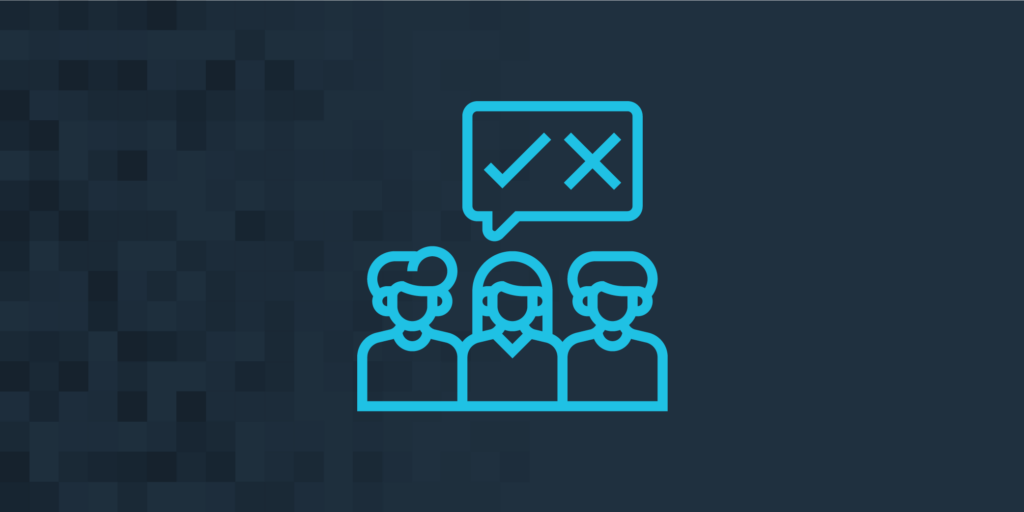Table of Contents
Customer service is crucial for attracting new clients as well as reinforcing relationships with your current clients. Excellent customer service is what many businesses strive to provide, but according to Teradata, just 41 percent of brand managers use consumer experience data to advise their communication strategies.
The largest hurdle to improving customer service is the lack of understanding of the consumer. Customer satisfaction should be one of the main priorities of business owners and sales managers. Thorough knowledge of the clients is important for meeting your business goals. Here are five steps that you should follow to understand them better.
1. Customer Engagement
Engagement with your clients is important to maintain that relationship that you built with them. Fortunately, there are many ways that can help you engage with them today.
Real-time engagement with clients is much simpler these days due to modern technologies. Platforms such as Facebook Messenger and Drift let you chat with customers while they are going through your website or page. The data you gain from using these platforms during your conversations with consumers will help you to truly understand them.
Work with your customer support staff to discover trends and respond to the feedback you are getting from reviews. Having your clients frequently on call will let you dive further into their problems and goals.
This is just what Alex Turnbull, Groove’s maker, does to understand his clients more. He plans daily calls with them to see if they like what his company is doing or if they hate it. Using this method, Turnbull has been able to convert dissatisfied clients into pleased ones.
Encourage consumers to express their views and experiences by integrating a test of consumer loyalty into their email stream. SurveyGizmo recommends you drop bias and be clear and firm with your customers when asking for feedback.
2. Identify Buyer Personas
Marketers create buyer personas by finding out who their client is, what they want to be, and why. To be able to gather this information, you have to put enough time researching more about them.
Use of Google Analytics
You can look further into your consumers’ tastes by utilizing the Google Analytics acquisitions tab to see from which social networking channels, business blogs, and technical forums their web traffic originates. Then, add this knowledge to your customer’s buyer persona so that you can figure out when and where to access them more easily.
Use of Google Webmaster
The knowledge of keywords is a valuable way to explore the many words and phrases customers use to find a service. For example, to segment clients by keyword collection, you can use the tools from Google Webmaster to help generate popular keywords that bring customers to your website. From there, you can organize the data of keywords into general categories and delegate them to various individuals depending on their usage. Using the same keywords as your clients is a discreet way of helping them feel more comfortable dealing with your business.
Need help identifying your buyer personas? Our Rulebook’s primary purpose is to identify the brand voice, buyer persona(s) and the best path forward.
3. Customer Analytics
From clicking on a link in your website to scrolling through your blogs, consumer behavior provides useful insight. You should use a consumer experience analysis application to assess how users communicate with you. There are many tools and applications to help you gather information from consumers, including their retention time on your website and what they are looking at.
Try looking at a website that is popular with consumers. Examine the quality of the website and see what keeps the users’ interest. You can also see which of their posts has a low retention rate. This can help you see why many people don’t stick around those posts.
4. Think Ahead Of Your Customers
It’s just as necessary to develop a strategy for potential consumer interaction as designing a business idea. This makes customer service teams think better to react to consumers in conditions of uncertainty or difficulty.
Two excellent resources are consumer insights from RapidMiner and Angoss, both of which deliver practical predictions. Imagine you are working with an organization that wishes to change its product plan to foresee consumer expectations and see how predictive forecasting advises their business strategy. If you look at clients’ behavior history in detail, you can see which features they consider more useful than others.
Understanding the most common and viewed sites will also help your marketing plan as you can start concentrating on subjects and platforms that better address your audiences’ issues.
5. Consumer Experience Mapping
The best way to appreciate the special and complex experience of purchasing from a business is to place yourself in your buyer’s shoes.
This is rendered possible through an innovative methodology called consumer experience mapping. It is a tool by which businesses build a comprehensive, interactive depiction of the customer’s path centered on their key touchpoints. These touchpoints show the many interactions between the clients and the company.
Identify touchpoints
A good example of identifying touchpoints is Uber. For example, an Uber marketer may find out what persuaded customers first to install the app. After finding unidentified touchpoints, like when a consumer wants to utilize the Uber software that they have downloaded, set up a strategy to reach these clients.
You will want to establish benchmarks, such as when a consumer has not used their account for three months. These benchmarks can help the customer service staff find out who they have to reach out to and find out why they left.
Conclusion
Interpreting consumer actions is clearer than ever due to predictive insights, behavioral tracking software, and better customer touchpoints. These strategies should be able to help you better understand your customers and clients. Pay attention to your target market to take your business to the next level.
